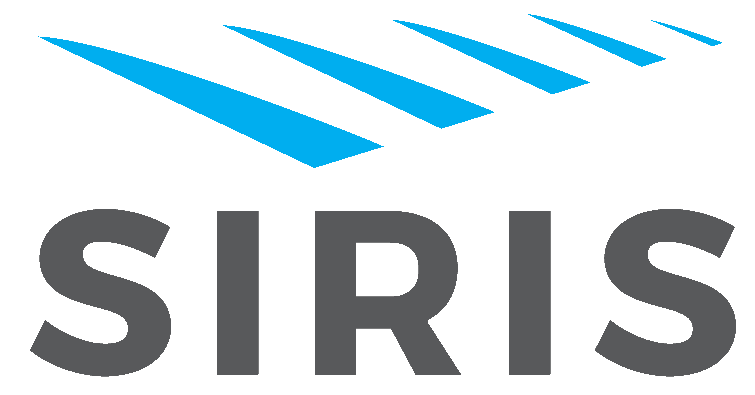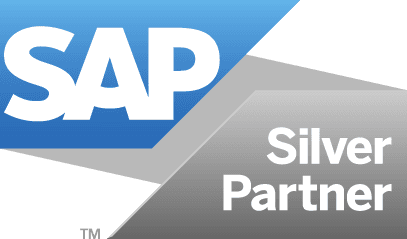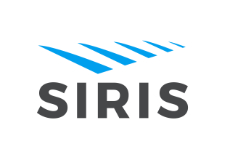As digital disruption continues to stalk the world of business, rendering well-established companies obsolete, using technology to create competitive advantage enables the C-Suite to fight back and manage risk. In this OpEd, Brendan Barry investigates the ERP trends that offer a proven path to help companies become more customer-centric, future fit and profitable.
When we talk about trends in terms of enterprise software, we often think in time frames of years and decades. Within these ‘megatrends’, however, every year sees major shifts in the way that companies in all verticals are dealing with a business environment that is changing ever more rapidly. Innovative companies are gaining a competitive edge by harnessing technology to maximise productivity, cost-effectiveness and customer satisfaction, and certain definite trends have emerged.
TREND: GO CLOUD
Cloud software and platforms have matured, and past fears of redundancy and security have largely been addressed by robust encryption. The Cloud offers benefits that cannot be ignored, and ERP in the Cloud is an inevitable development. The ‘heavyweights’ like SAP are being challenged by specialised, SaaS-only startups, but generally medium-to-large enterprises are looking for a comprehensive solution that can service all departments, and can scale with the needs of the organisation. Faster, better databases will ensure that systems deliver the information that is required.
WHAT DOES THIS MEAN?
Cloud-based software has the advantage of being constantly upgraded. Instead of annual upgrades and training programs for staff to learn new functionality, improvements are incremental, and companies need to be flexible and able to adopt new changes. Businesses will need to invest in change management as part of the process.
On-premise won’t become obsolete overnight, however, as many CIOs, CTOs and IT companies prefer to keep their systems locked down and under their physical control. A third, hybrid option can also be considered as growth begins to put a strain on the company’s data centre — moving some functions to the cloud while keeping others local.
Cloud makes enterprise class ERP available to smaller companies, as it is much more affordable. SAP Business ByDesign, for example, offers a comprehensive suite of integrated applications for the growing small and medium-sized enterprise.
TREND: IOT
IoT, or IIoT (Industrial Internet of Things) is taking over in manufacturing and service businesses. Smart devices have begun to pervade everywhere, from the factory floor, to the fleet, to warehousing and stock control. And, by connecting every aspect of business via the internet, huge streams of data will be collected. Using AI, we can quickly analyse these data streams for fine-grained assessment of stock levels, production efficiencies, accounting — in fact, every aspect of the business.
WHAT DOES THIS MEAN?
IIOT systems provide immediate, up-to-the-minute information for making better business decisions. Instead of daily, weekly or monthly reports, reporting is ‘live’ and ongoing. This enables even large companies to become more nimble in responding to the market.
It’s called the ‘Amazon Effect’ — customers (even B2B customers) expect speedy delivery, personalization and convenience. Data drives supplier decisions, and ERP (along with data analysis) can provide the tools to manage this.
TREND: AI AND MACHINE LEARNING
High-end ERP Vendors are starting to build AI and Machine Learning into the core system, making the benefits system wide.
WHAT DOES THIS MEAN?
In a word: efficiency. For example, where a finance person would formerly spend 80% of their time doing menial tasks like reconciliations, AI can handle most of this, leaving the human to handle exceptions and more meaningful tasks.
TREND: DIGITAL TRANSFORMATION
A 2018 report by Panorama found that 95% of businesses reported some process improvement after implementing an ERP system, but most realized only 30-80% of their projected benefits.
WHAT DOES THIS MEAN?
While some vendors may be ‘overselling’, experience has shown that companies that implement ERP often underestimate the need for training and change management. It may also take some time for benefits to be fully realised.
It is crucial that the ERP vendor invests time in understanding the client’s needs and expectations. For example, a factory suffering 12% downtime due to bad inventory management might expect the “magic bullet” of ERP to bring this down to 0%, but this is not always possible.
Equally, time frames for installation and the effects of business disruption must also be managed with a dose of realism.
To quote the Panorama report: “It’s important to note, many companies don’t clearly define success, which is why so many don’t know if they were successful or not.”
But ask any company that has gone through the “highs and lows” of digital transformation, and they will tell you they don’t know how they could continue without ERP.
TREND: EMBEDDED ANALYTICS
Forget the spreadsheet, today’s dashboards and live reporting tools give up-to-date information in a way that can be interpreted at a glance or interrogated to obtain fine-grained analysis. Tools like SAP Lumira and SAP Analytics Cloud provide visual representations that turn data into insight.
WHAT DOES THIS MEAN?
A better understanding of data enables decision makers to make more informed decisions, timeously. In a broader system, like a company, this helps realise a more nimble and responsive organisation.
THE BOTTOM LINE: DATA ENABLES CUSTOMER-CENTRICITY
The age of digital disruption is truly upon us, and organisations need to adopt data-driven technology to remain competitive. For product-centric companies, the move to cloud ERP offers the opportunity to focus more on customer-facing operations. Digitally transformed businesses across the world are embracing the concept of Customer-centricity — getting back to the idea of putting the customer first, enabled by data.
Manufacturing firms, for example, can get early feedback on purchasing orders, and adjust production lines to anticipate trends — leading to speed to market: and providing what the customer needs, when they need it. A data ‘feedback loop’ provided by an integrated, automated ERP system enables faster fulfilment, better customer satisfaction, customer loyalty, and ultimately, better bottom lines.





